JANUS
e-Pedagogy and Virtual Reality Based Robotic Blended Education
Project No 2020-1-PL01-KA226-HE-095371
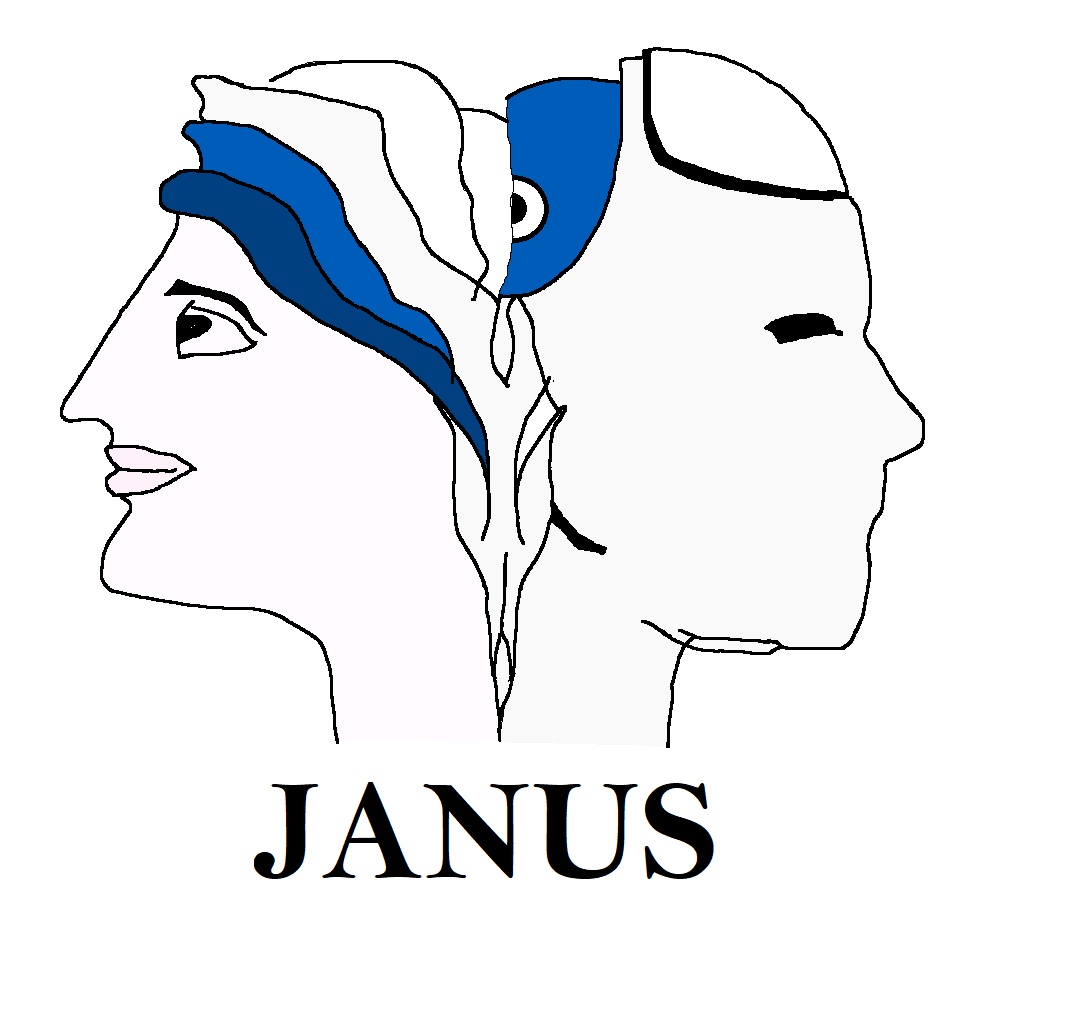
Project Website:
Aim of the Project
The project aims at setting up the foundations related to the application of Virtual Reality (VR), in Blended Learning settings, with particular focus on the field of STEM (Science, Technology, Engineering and Mathematics) education.




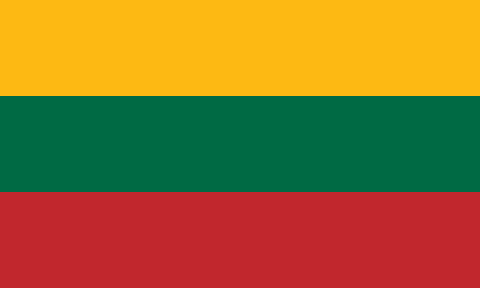
Project Partners
Politechnika Rzeszowska im. Ignacego Łukasiewicza (Poland) - coordinator
University of Turku (Finland)
University of Ioannina (Greece)
Politecnico di Torino (Italy)
SynArea Consultants s.r.l. (Italy)
Vilnius University (Lithuania)
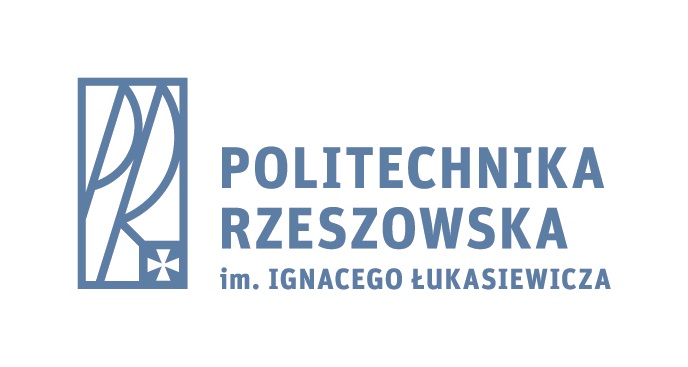


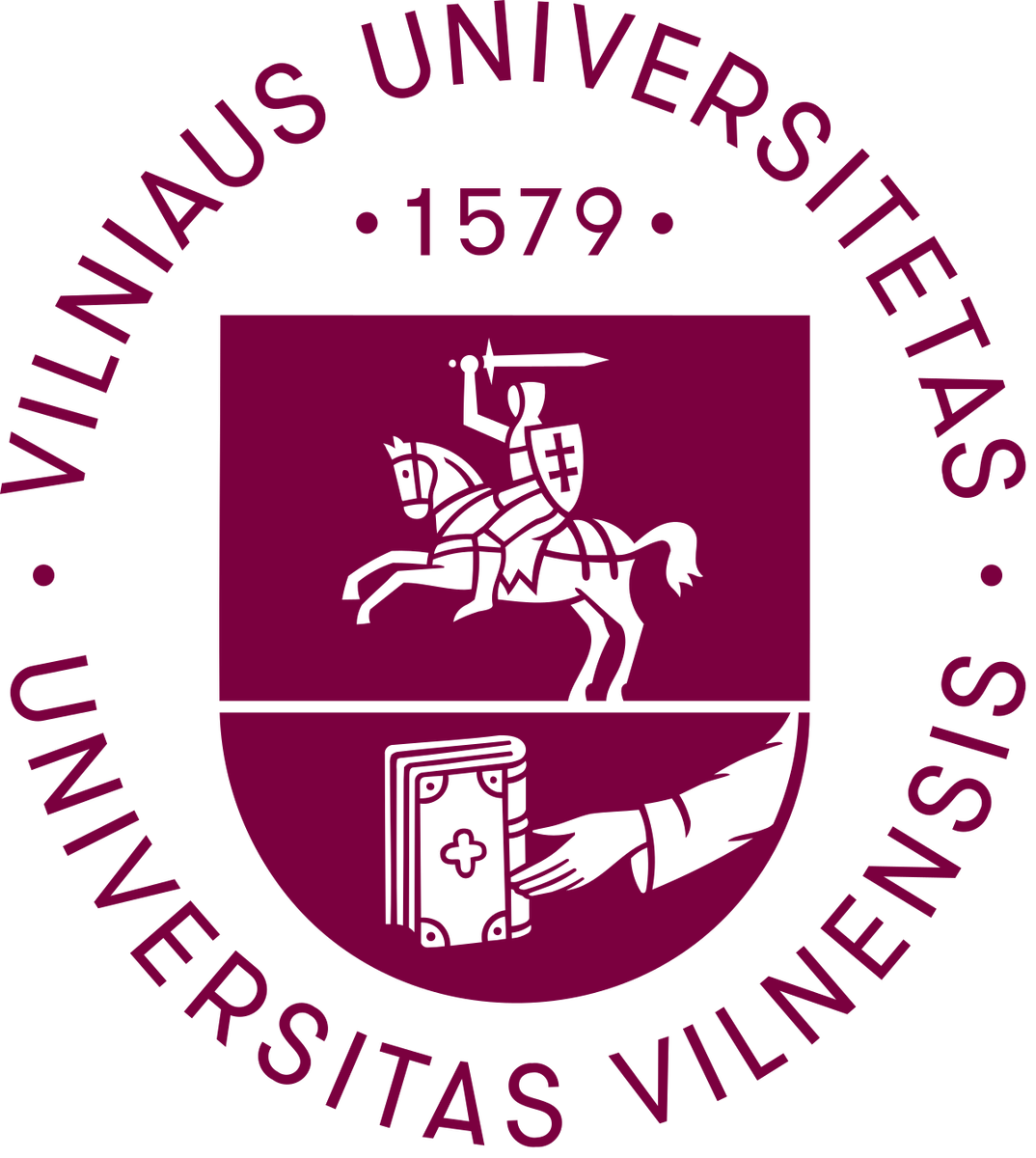

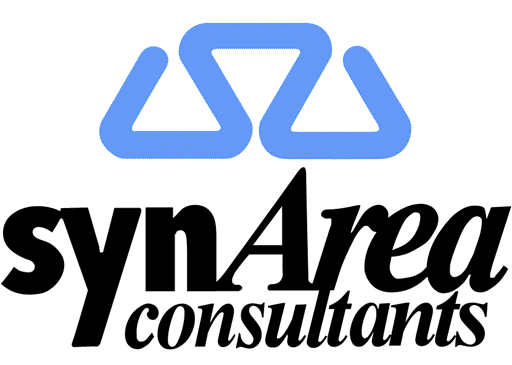
____________________________________________________________________________
Presentation of the JANUS Project in Polytechnic University of Marche
On September 28-30, 2022, the results of the JANUS project were presented to students at the Polytechnic University of Marche, Italy.
The possibilities of using blended education were described and the concept of synchronous and asynchronous teaching of robotics-related issues was presented.
Virtual reality with robotic workstations, designed to support the education process, was shown.
The robotic stations are located in the laboratories of the Rzeszów University of Technology and the University of Turin.
The possibilities of self-development of their knowledge by students with the use of created virtual reality supported by online tests were also discussed.
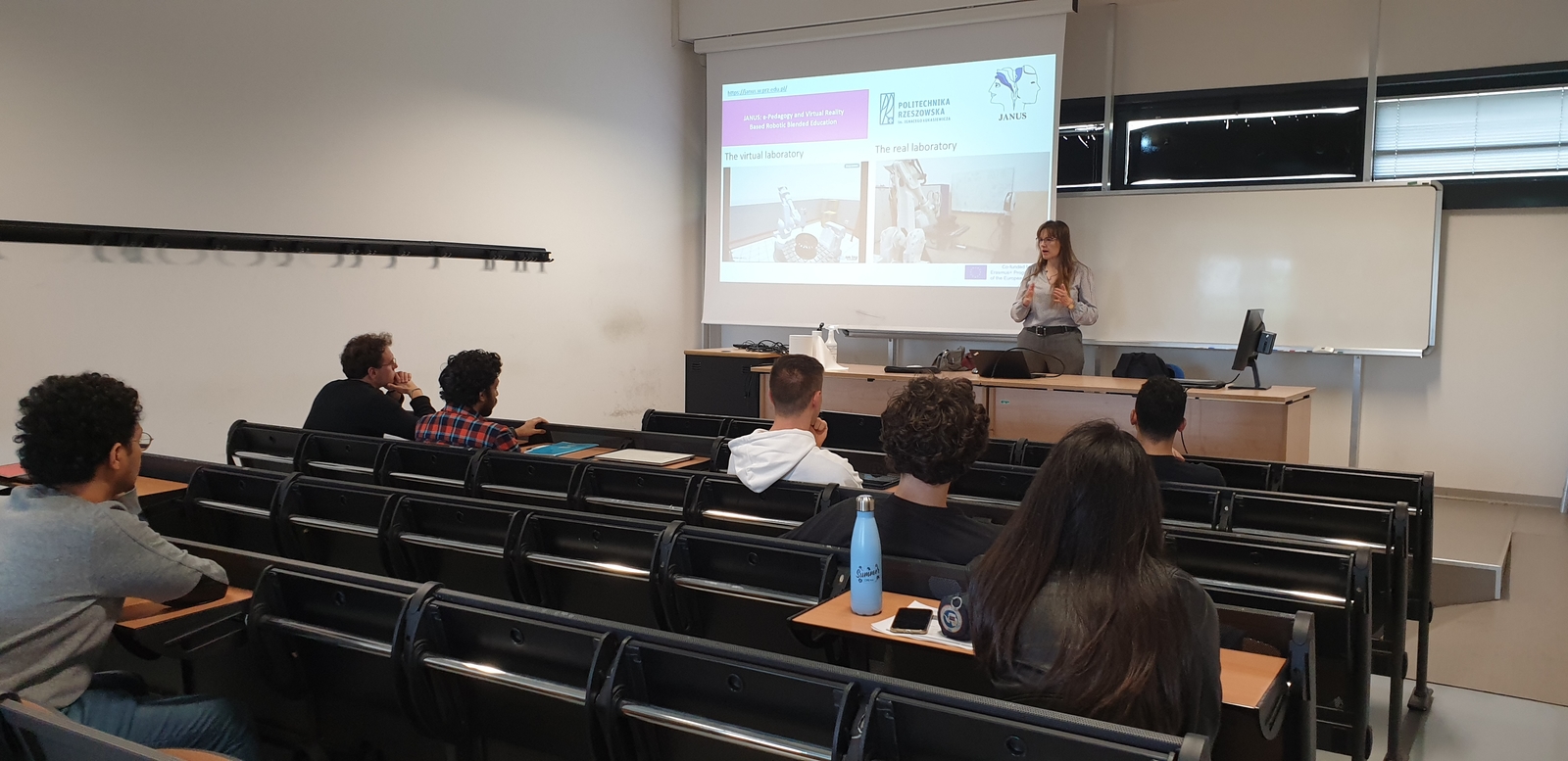
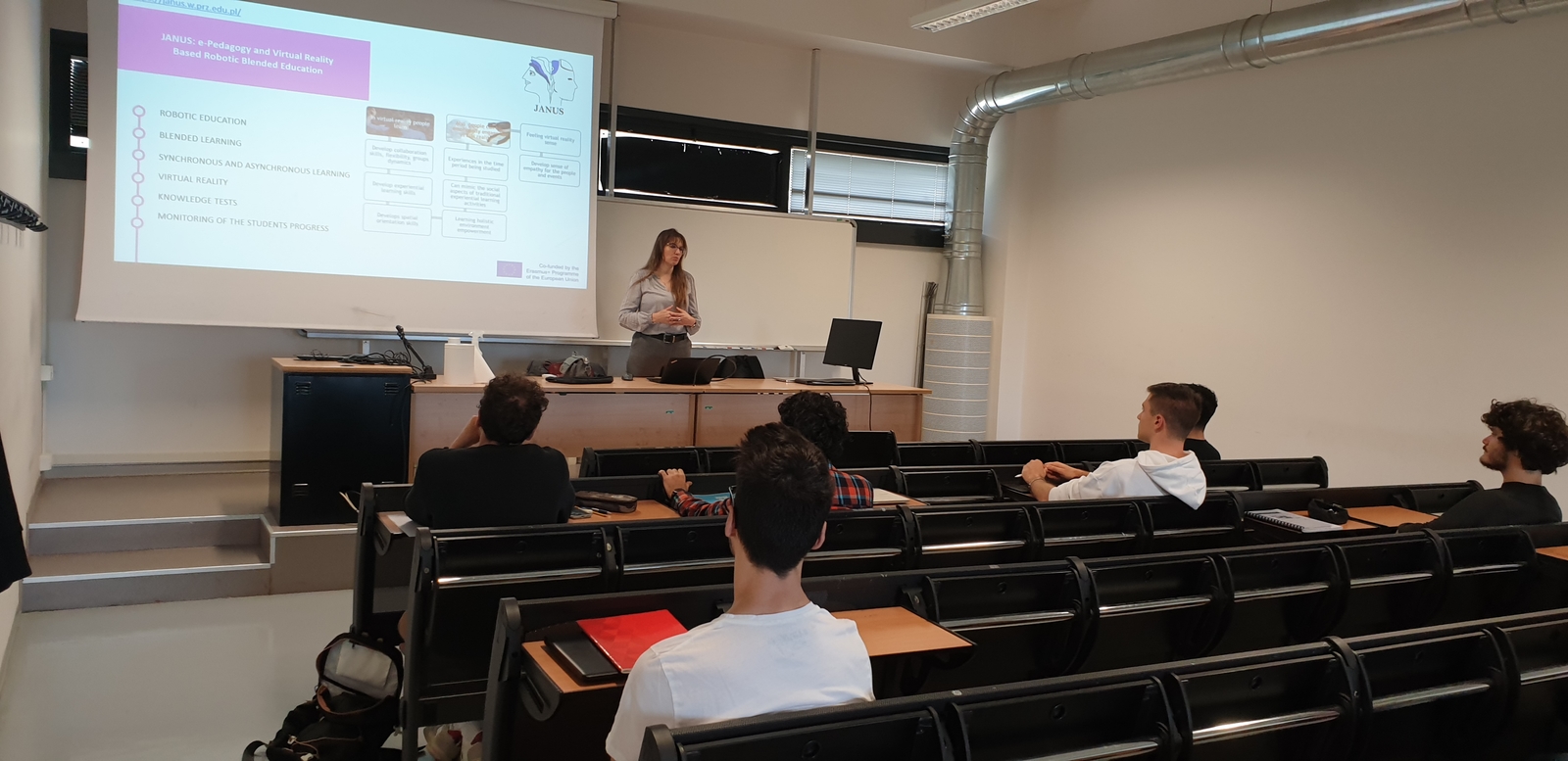
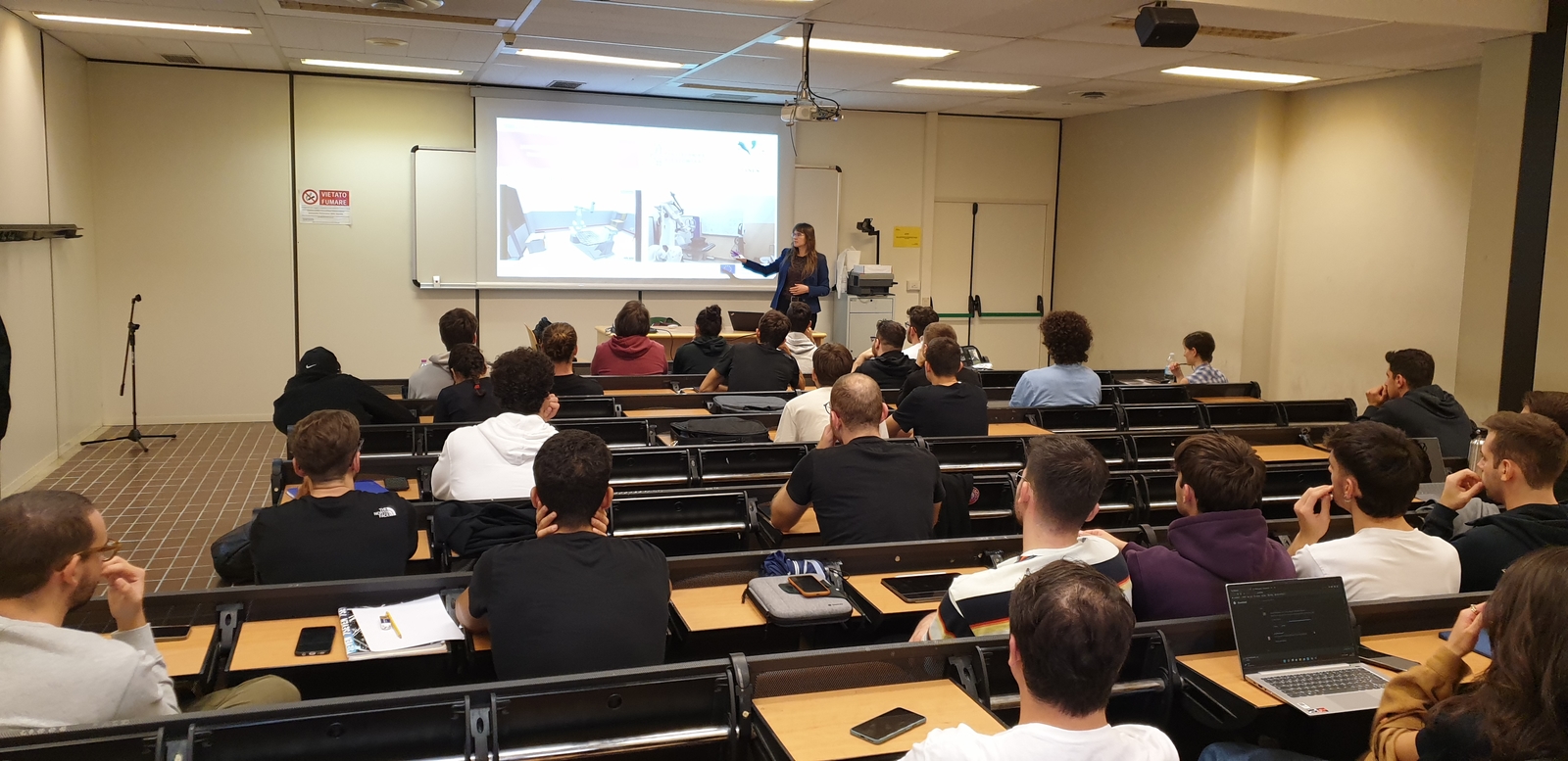
Dorota Stadnicka presenting the project
____________________________________________________________________________
Presentation of the JANUS Project at the University of Ljubljana
September 16th, 2022, the JANUS project was presented to teachers, researchers and PHD students of the Faculty of Mechanical Engineering at the University of Ljubljana.
At the meeting, the objectives of the JANUS project were presented and solutions developed in the frame of the project that may support the didactic process. The possibilities of using virtual reality in teaching robotics were explained.
The participants of the meeting had the opportunity to see how the developed virtual reality is used in the process of synchronous and asynchronous teaching at the Rzeszów University of Technology and the University of Turin.
Two examples of robots are shown: an industrial robot and collaborative robots.
It was also discussed how learning analytics can be used in blended learning.
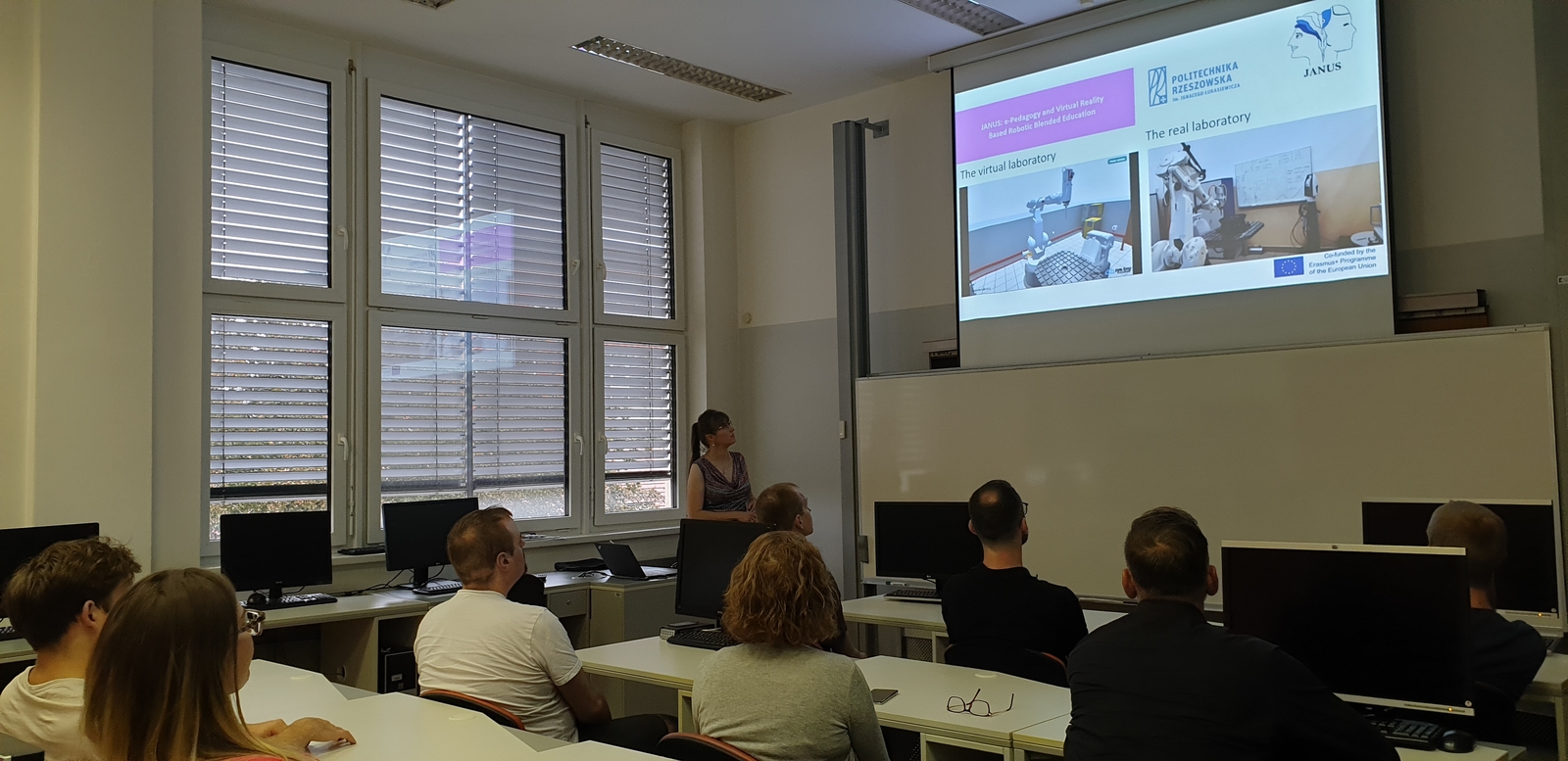
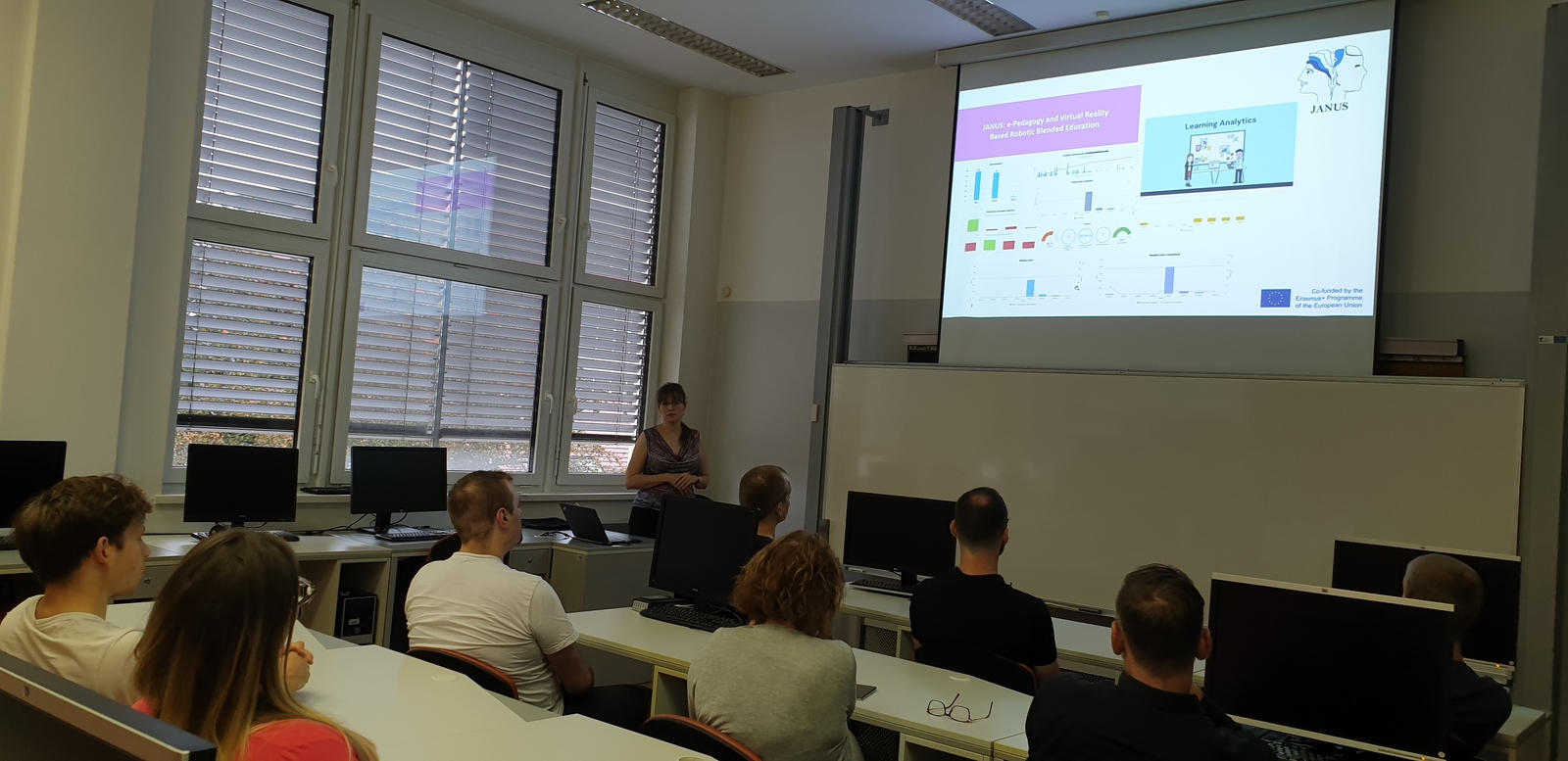
Dorota Stadnicka presenting the project
____________________________________________________________________________
Project Meetings
1st International Project Meeting - online
3 March 2021
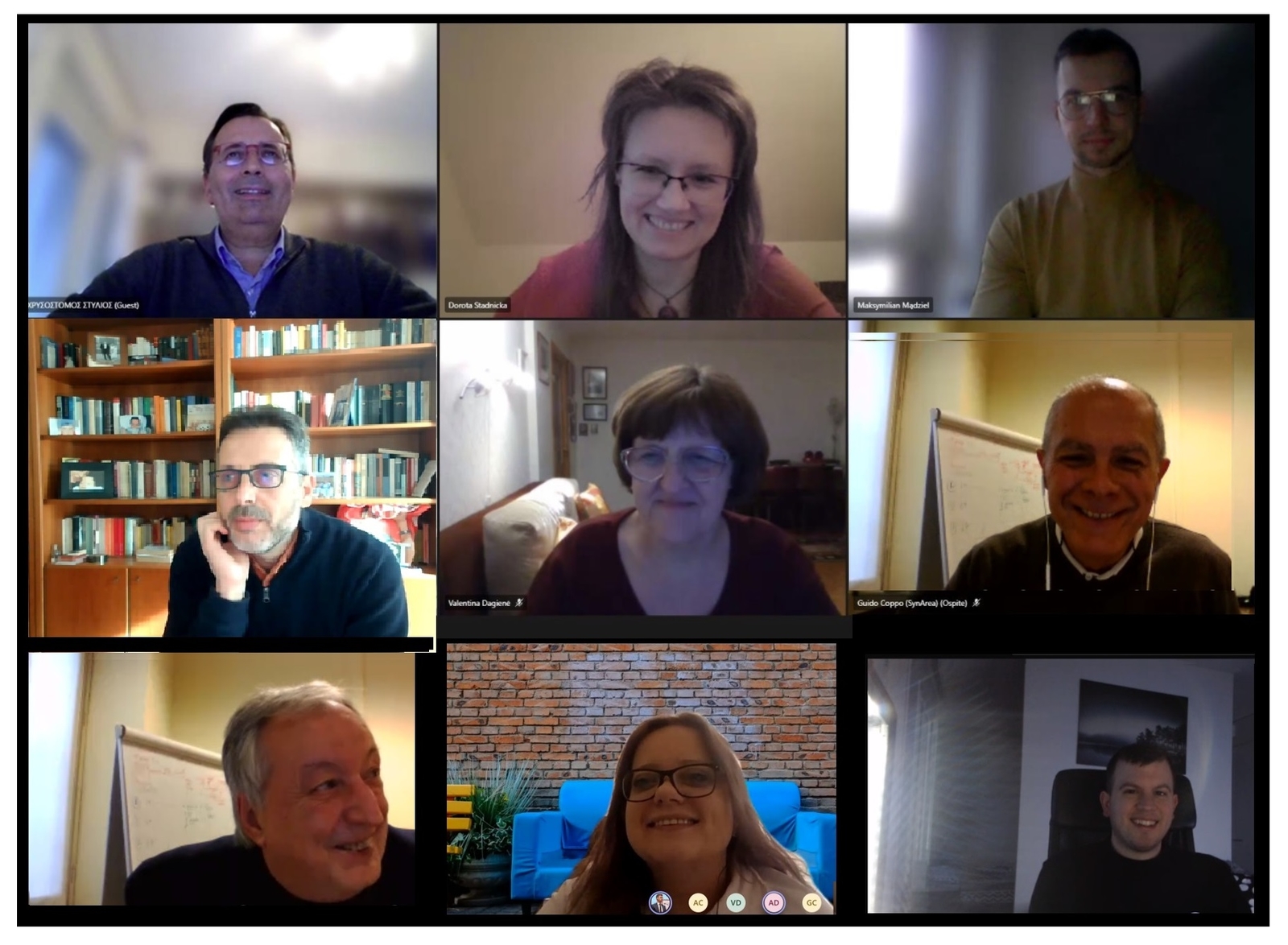
Meeting participants
2nd International Project Meeting - Arta, Greece
27-28 September 2021
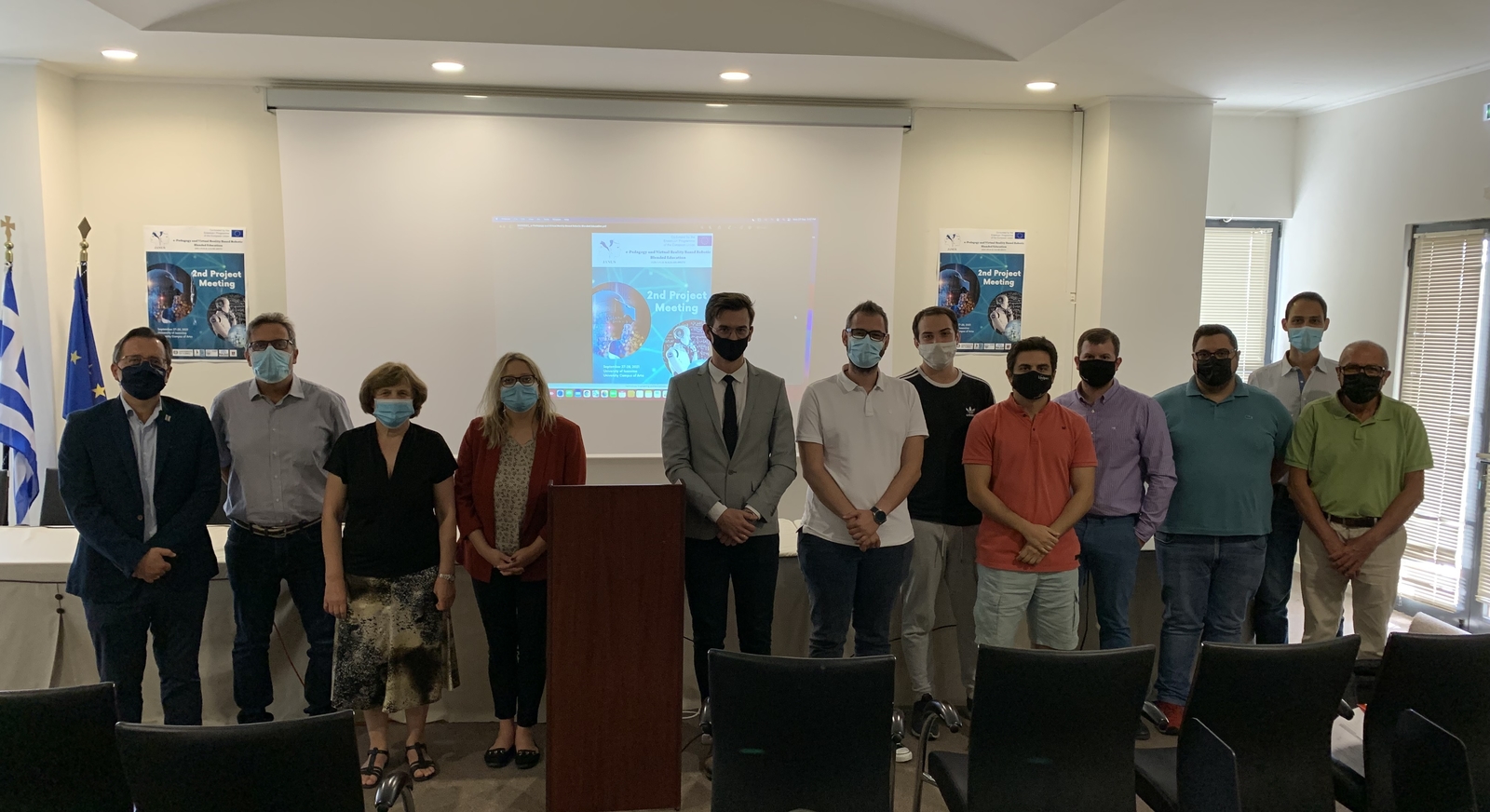
Meeting participants
3rd International Project Meeting - Turku, Finland
16-17 December 2021
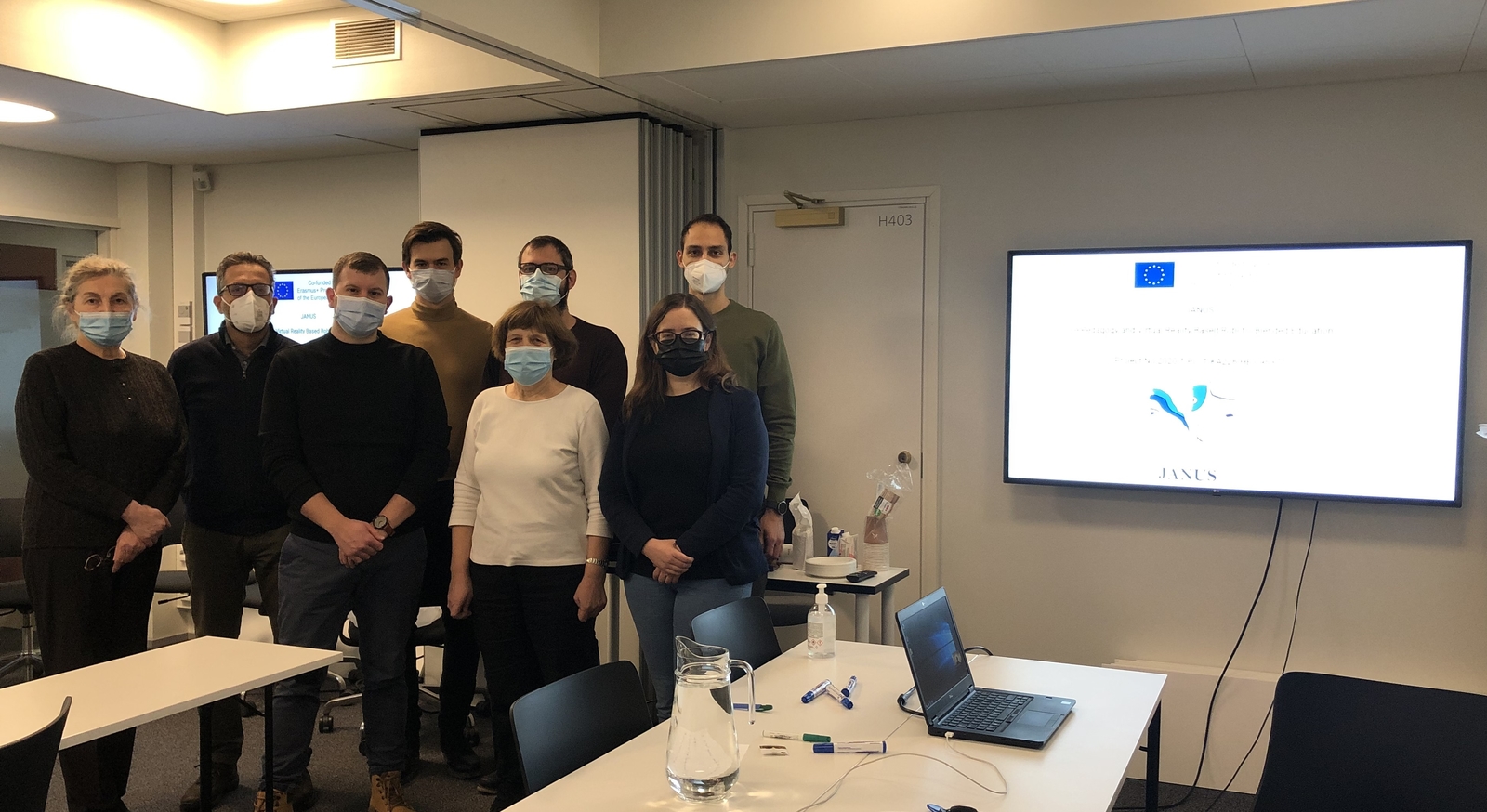
Meeting participants
The pandemic enforced many countries to take restrictive measures which gradually led to the complete shutdown of the businesses and the academic institutions. It is undeniable that the end of this pandemic is by no means anywhere close. To this end, education has been hit particularly hard as 1.53 billion students (87.6% of the world’s total enrolled learners) having been left out of school due to the country-wide institutional closures. New technologies and methods have emerged at a rapid speed to accommodate the recent needs. Typical examples include digital conference rooms and online collaborative workspaces. To this notion, the question of how such technological advances will impact the society and the new educational practices is difficult to answer with any degree of certainty; therein, making it a topic that must be considered and addressed by educational researchers, teachers, and administrators. On the ground of this issue, the proposed project aims at setting up the foundations related to the application of Virtual Reality (VR), in Blended Learning settings, with particular focus on the field of STEM (Science, Technology, Engineering and Mathematics) education.
The project-related activities can be broadly classified into the following categories:
(1) e-Pedagogy: Development of an educational framework to support the design of the VR learning activities and a user manual to guide the practices that educators will follow when conducting the educational activities. In addition, prior to the conduct of the intervention, a series of workshops will be delivered to prospect teachers so as to equip them with the necessary skills and traits on how to utilise the custom-made prototype efficiently and effectively.
(2) Virtual-Learning Platform: Aligned to the principles of well-established educational theories and instructional design techniques, a prototype VR platform will be developed. The VR-based solution will feature a safe environment in which students will be able to interact with the learning content and undertake various subject-specific tasks. The virtual learning activities will act as a replica of the procedures and techniques that students follow under normal circumstances in the physical classroom (laboratory).
(3) Learning Analytics: In order to assess the usability of the system as well as the effectiveness of the VR tool against the learning objectives, a thorough evaluation will be made. The collected data, be it self-reported or digital traces from the VR environment, will be utilised to analyse learners’ actions and interactions the results of which will be available to the wider audience via a Learning Analytics dashboard.
Project Results
As a result of the project, the Partnership developed the following results:
Learning program
- A set of ILOs for Industrial Automation
- ILO-IA-1: Understanding the structure and performance of industrial robots – Theory.
- ILO-IA-2: Application of robots to selected industrial processes – Laboratory demonstration of industrial processed executed by robots.
- ILO-IA-3: Programming industrial robots: online, offline – Laboratory demonstration of online, offline programming. The students will create a simple program using manual guidance.
- ILO-IA-4: Application of collaborative robotics – (1) speed and separation monitoring: laboratory demonstration, (2) power and force limiting: students try to collaborate with a robot in the execution of a collaborative assembly.
- A set of ILOs for Basics of Robots
- ILO-BR-1: Has knowledge of basic issues in the field of robotics, which allows to understand the problems of robotization – Theory.
- ILO-BR-2: Obtains information from the literature in order to understand the state of the art in the field of robotics – Theory.
- ILO-BR-3: Applies self-study and understand the need for upskilling in the field of robotics – Theory. Laboratories demonstration.
- ILO-BR-4: Perceives and understands social aspects related to robotization – Theory. Laboratory demonstration of industrial processed executed by robots.
- ILO-BR-5: Designs a robotic system for a selected application – Laboratories demonstration with the use of computer programs. The students will design a simple robotic system for selected application.
- ILO-BR-6: Selects and applies appropriate computational, analytical and simulation methods to the designed robotic system – The student will apply appropriate methods to analyse a robotic system.
Virtual Reality Tool
If you want to try the VR platform use:
Username: demo
Password: demo
- Asynchronous mode of robot simulation of PRZ, access under the link: https://rzeszow-lab.herokuapp.com/html/login.html
- Synchronous and asynchronous mode of robot simulation of POLITO, access under the link: https://polito-lab.herokuapp.com/html/login.html
Learning Analytics Tool
A tool for analyzing data from the didactic process
- ViLLe: https://ville.utu.fi
If you want to login to ViLLe:
Username: januspilots
Password: janus12345
Publications
- Antonelli et al., (2023) Practical handbook for teachers with guidelines on how to integrate Virtual Reality for Robotics education. JANUS: e-Pedagogy and Virtual Reality Based Robotic Blended Education. Project No 2020-1-PL01-KA226-HE-095371.
- Christopoulos, A., Coppo, G., Andolina, S., Priore, S. L., Antonelli, D., Salmas, D., ... & Laakso, M. J. (2022). Transformation of Robotics Education in the Era of Covid-19: Challenges and Opportunities. Ifac-papersonline, 55(10), 2908-2913.
- Antonelli D, Christopoulos A, Laakso M-J, Dagienė V, Juškevičienė A, Masiulionytė-Dagienė V, Mądziel M, Stadnicka D, Stylios C. A Virtual Reality Laboratory for Blended Learning Education: Design, Implementation and Evaluation. Education Sciences. 2023; 13(5):528. https://doi.org/10.3390/educsci13050528
Practical handbook for teachers with guidelines on how to integrate Virtual Reality for Robotics education
Cite as: Antonelli et al., (2023) Practical handbook for teachers with guidelines on how to integrate Virtual Reality for Robotics education. JANUS: e-Pedagogy and Virtual Reality Based Robotic Blended Education. Project No 2020-1-PL01-KA226-HE-095371. Available on: https://janus.w.prz.edu.pl/project-results

The European Commission's support for the production of this publication does not constitute an endorsement of the contents, which reflect the views only of the authors, and the Commission cannot be held responsible for any use.



